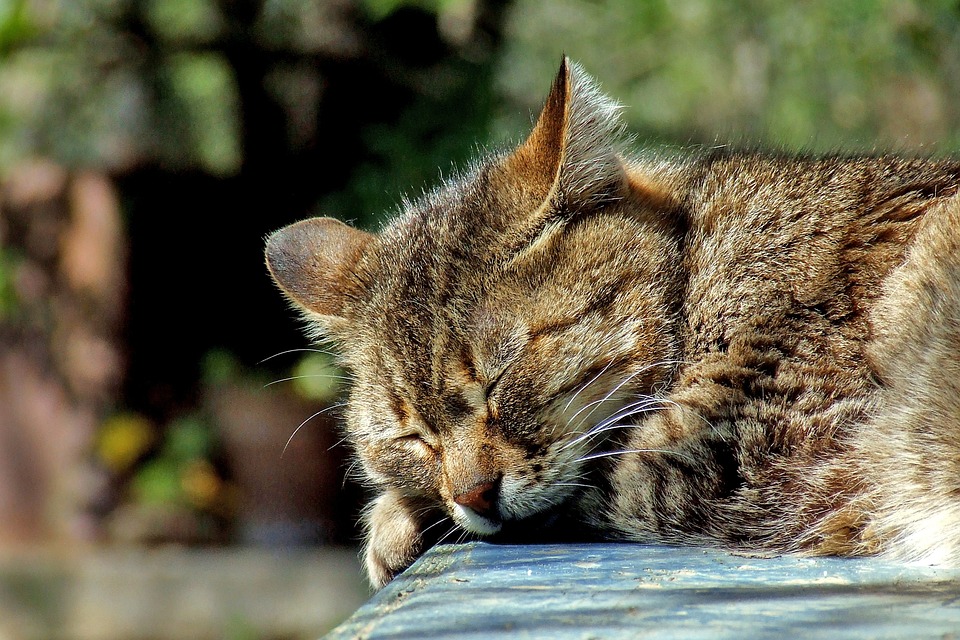Introduction:
As a responsible cat owner, it is essential to prioritize your feline companion’s health and well-being. One crucial aspect of cat care is ensuring they maintain a healthy weight. Regular exercise plays a vital role in achieving this goal. In this article, we will explore the benefits of regular exercise for cats, along with frequently asked questions related to cat health and exercise.
I. Understanding the Importance of Exercise for Cats:
A. The sedentary lifestyle epidemic among indoor cats
Indoor cats are often prone to a sedentary lifestyle, spending most of their time lounging or sleeping. This lack of physical activity can lead to weight gain and various health problems.
B. Health risks associated with obesity in cats
Obesity in cats can lead to serious health issues such as diabetes, heart disease, arthritis, and respiratory problems. Regular exercise helps prevent and manage these conditions, keeping your cat healthy and happy.
II. How Exercise Helps Maintain a Healthy Weight in Cats:
A. Burning calories and maintaining a balanced energy intake
Regular exercise helps cats burn calories, preventing excess weight gain. It also helps maintain a balanced energy intake, ensuring they consume an appropriate amount of food for their activity level.
B. Promoting muscle tone and strength
Exercise helps cats develop and maintain strong muscles, which are essential for agility, balance, and overall physical well-being.
C. Boosting metabolism and improving digestion
Engaging in regular exercise helps cats maintain a healthy metabolism, which aids in digestion and prevents digestive issues such as constipation.
D. Reducing the risk of common weight-related health issues
By maintaining a healthy weight through exercise, cats can reduce the risk of obesity-related health problems, including diabetes, joint issues, and respiratory difficulties.
III. Choosing the Right Exercise Routine for Your Cat:
A. Tailoring exercise to your cat’s age, breed, and health condition
Different cats have different exercise needs. Consider your cat’s age, breed, and any health conditions they may have when designing an exercise routine.
B. Indoor vs. outdoor exercise options
Indoor cats may require more creative exercise options, such as interactive toys or playtime with their owners. Outdoor cats may have more opportunities for natural exercise, such as climbing trees or hunting.
C. Incorporating playtime and interactive toys
Interactive toys such as laser pointers, feather wands, or treat-dispensing puzzles can make exercise sessions enjoyable for cats. Regular playtime with their owners also provides mental stimulation and bonding opportunities.
D. Enriching the environment to encourage physical activity
Creating an environment that encourages physical activity, such as providing scratching posts, climbing trees, or hiding spots, can motivate cats to engage in natural exercise behaviors.
IV. Frequently Asked Questions (FAQs) about Cat Health and Exercise:
1. How frequently should I exercise my cat?
The frequency of exercise depends on your cat’s age, breed, and overall health. However, most cats benefit from at least two play sessions per day.
2. How long should each exercise session be?
Exercise sessions can vary in length, but aim for at least 10-15 minutes per session. Gradually increase the duration as your cat becomes more accustomed to exercise.
3. What are some signs that my cat is getting enough exercise?
If your cat has a healthy weight, good muscle tone, and exhibits contentment and playfulness, it is likely getting enough exercise.
4. Can I over-exercise my cat?
While regular exercise is essential, it’s important not to overexert your cat, especially if they are older or have underlying health conditions. Consult with your veterinarian to determine the appropriate exercise level for your cat.
5. Are there any specific exercises or activities that are best for weight loss?
Activities that encourage jumping, running, and climbing are excellent for weight loss. Consider using interactive toys or creating obstacle courses to engage your cat in these behaviors.
6. What if my cat refuses to exercise?
If your cat seems disinterested in exercise, try different toys or activities to find what they enjoy. Some cats may prefer individual play sessions, while others may enjoy interactive play with their owners.
7. Can I use food as a reward during exercise sessions?
Using treats in moderation as a reward for exercise can be a motivating factor for cats. However, be mindful of the calorie content of the treats and adjust your cat’s regular meals accordingly.
Conclusion:
Regular exercise is a cornerstone of maintaining a healthy weight in cats. By promoting physical activity, cat owners can help their feline companions stay fit, reduce the risk of obesity-related health issues, and enhance their overall quality of life. Remember to consult with your veterinarian to develop a suitable exercise routine that considers your cat’s unique needs and abilities. With dedication and proper guidance, you can ensure a happy and healthy cat for years to come.








